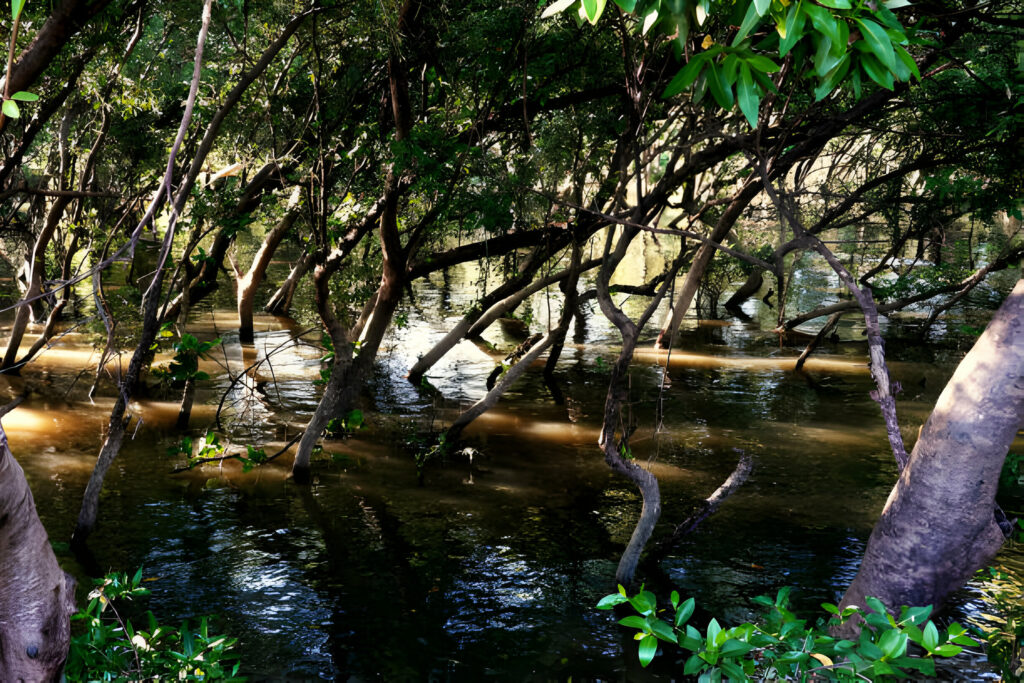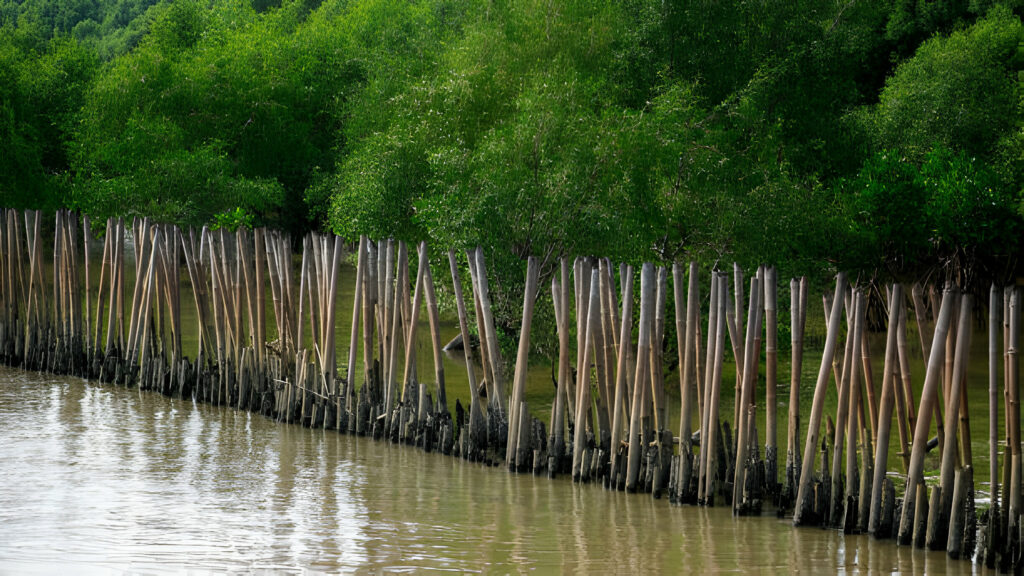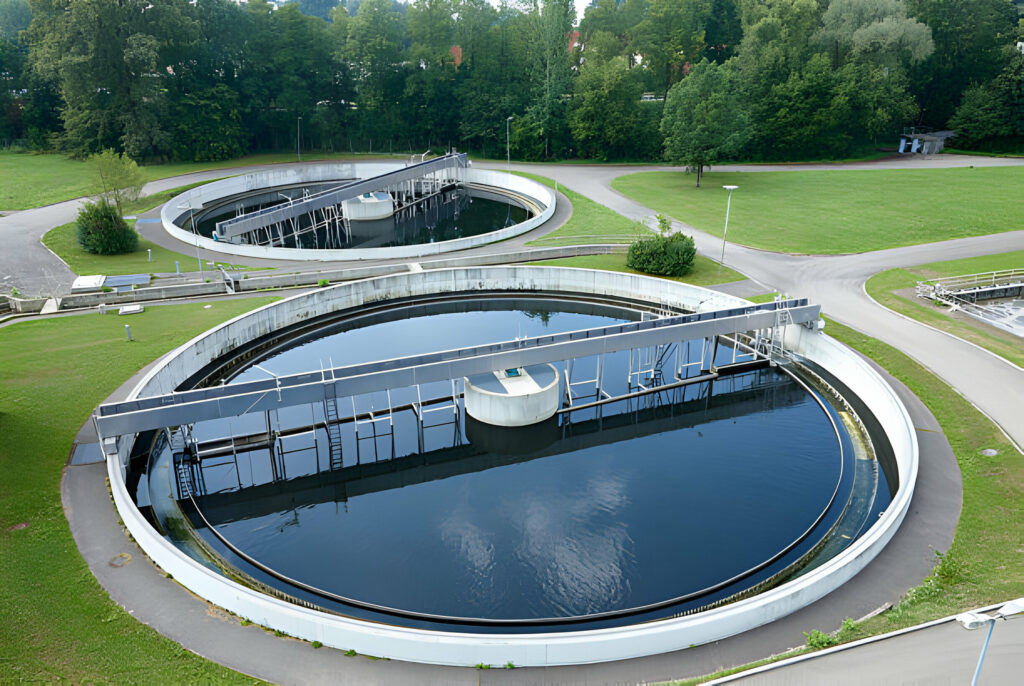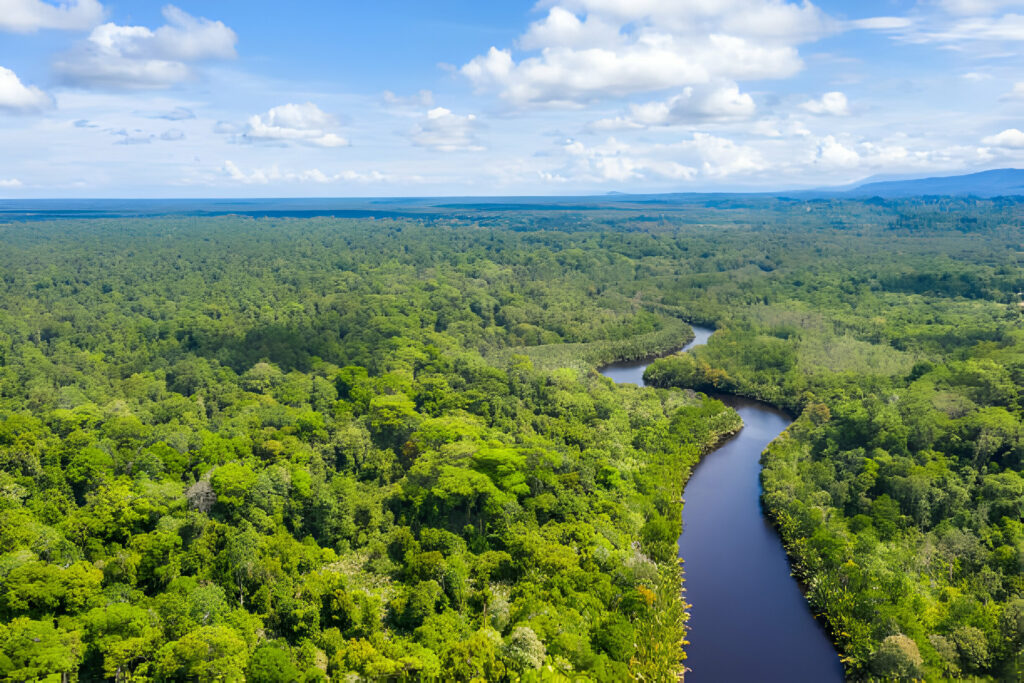
As communities grow larger, ever increasing volumes of household and industrial wastewater require treatment before release into the environment. To supplement municipal sewage plants in outlying areas, many homeowners and businesses utilize decentralized onsite septic systems to collect and purify domestic greywater flows.
While traditional septic tanks and leach fields provide adequate organic matter reduction, more comprehensive treatment is often prudent to remove excess nutrients, metals and hazardous compounds before discharge into ecologically fragile receiving streams and aquifers.
Constructed wetlands offer an affordable, low-maintenance biosolution that harnesses natural biological processes for polishing pre-treated effluent to exceptionally high quality standards. Compared to mechanized facilities, engineered marshes better protect local ecosystems in several key ways:
Natural Filtration

Functioning like expansive living kidneys, constructed wetlands provide a matrix of microbes, hydrophytic plants, rocks and soils tailored to effectively extract a wide variety of soluble and suspended contaminants from influent passing through the cells.
Diverse microbial communities digest organic pollutants and facilitate elemental transformations. Microfauna graze surfaces to clear away debris and periphyton. A variety of wetland vegetation assimilate excess nutrients into leaves, stems and root biomass later harvested as animal feedstock or mulch. Gravels and sandy soils trap particulate matter.
Together, these coordinated biological components strip away nearly all incoming impurities through layered aerobic, anaerobic and anoxic processing zones wetlands establish horizontally across site topography.
Water Purification

Free water surface and subsurface flow wetlands excel at removing upwards of 90-99% of common wastewater contaminants like:
- Organics (BOD/COD)
- Nutrients (nitrogen / phosphorus)
- Metals (copper, zinc, mercury, etc.)
- Petroleum hydrocarbons
- Synthetic detergents
- Pesticides / herbicides
- Protozoa / bacteria / viruses
By absorbing so many potential toxins, overall effluent toxicity is greatly reduced to levels generally safe enough for reuse or ecologically benign surface discharge.
Natural Habitats

Beyond water purification, constructed wetlands establish invaluable sanctuary for birds, insects, reptiles, amphibians and mammals displaced as development encroaches on natural landscapes.
Integrating conservation priorities into wastewater functionalities results in preserved green spaces benefitting both wildlife and people. These vibrant marsh ecosystems enhance biodiversity and counteract the ecological harms of suburbanization.
Sustainability
The renewable, closed-loop nature of constructed wetlands epitomizes sustainable resource use in action. Influent wastewater gets naturally recycled into usable effluent or irrigation supply. Nutrients and organics converted into marsh biota get harvested as animal feedstocks or compost.
Solar energy powers treatment processes directly through plants (solar-driven photosynthesis) and indirectly through supplemental aeration. Engineered marshes operate self-sufficiently once established with minimal electrical demands, chemical inputs or maintenance requirements compared to mechanized plants.
Resiliency
With relatively simple components and compartmentalized cells, constructed wetlands withstand flooding, power grid failures, neglect or abuse much better than complex facilities dependent on external energy inputs, computerized controls and operator oversight.
Spreading out risks over non-centralized infrastructure enhances system resiliency. If one cell experiences issues, others sustain functions using passive biological processes until repairs can occur. Engineered wetlands continue reliably processing wastewater even during disasters or economic depressions.
Community Benefits
Constructed wetlands afford many human perks beyond water purification:
- Enhanced property aesthetics
- Wildlife viewing opportunities
- Environmental education sites
- Recreational greenways with trails
- New small business opportunities harvesting marsh plants
Citizens appreciate clean streams, fertile croplands and vibrant wetland vistas supporting rich urban biodiversity. Everyone benefits directly or indirectly from sustainably designed decentralized infrastructure integrating society with ecology through beautiful living technologies like constructed wetlands!
Engineered marshes truly represent win-win-win outcomes for developers needing affordable wastewater solutions, communities wanting swimmable watersheds and animals needing stabilized habitat. Their harmonious integration of infrastructure demands with environmental stewardship ethics provides hopeful examples of how technology can make urbanization symbiotic with nature rather than something that comes at the expense of ecosystems.
To discuss constructed wetland opportunities ready to preserve your property’s ecological integrity while sustainably meeting family or development wastewater needs well into the future, contact Wetland Pacific today!